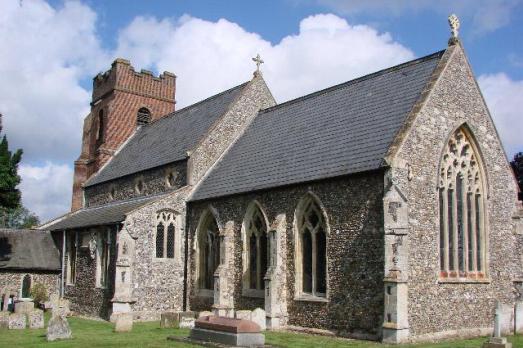
All Saints
Drinkstone, Suffolk | IP30 9SX
Well preserved medieval church, with some evidence of an even earlier church, which is full of references to the village history.
We have supported this church
Search for a fascinating place to visit, or see the variety of churches, chapels and meeting houses we have supported.

Drinkstone, Suffolk | IP30 9SX
Well preserved medieval church, with some evidence of an even earlier church, which is full of references to the village history.
We have supported this church

Hartest, Suffolk | IP29 4DH
Dating from the time of the Norman Conquest at the heart of one of Suffolk's most beautiful villages, open seven days a week to visitors.
We have supported this church
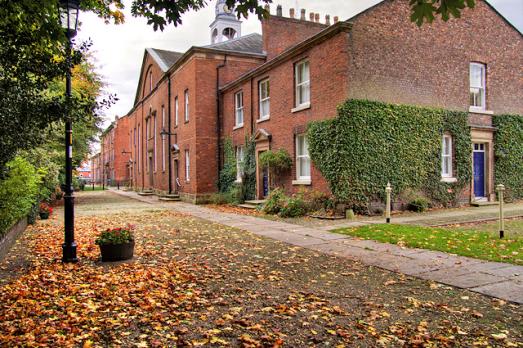
Droylsden, Greater Manchester | M43 6AE
Fairfield is a settlement congregation which was opened in 1785.

Brome, Suffolk | IP23 8AH
St Mary’s church dates from Saxon times, has an exquisite reredos and altar rail, and is one of the 33 Suffolk churches with a round tower.
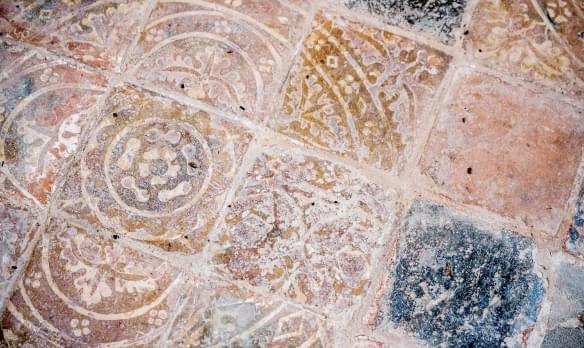
Ilkley, Yorkshire | LS29 9QL
St Margaret's was built in 1879 in the late Neo Gothic, or Perpendicular, style.

Ilkley, Yorkshire | LS29 9LW
Christchurch is a welcoming, busy and loving church and community centre in the heart of Ilkley.
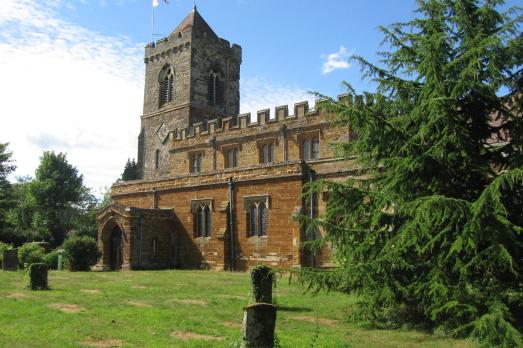
Blakesley, Northamptonshire | NN12 8RA
A fine example of a medieval church with later alterations and additions, St Mary’s is light and attractive and includes a lady chapel and two notable memorials.
We have supported this church

Hanley, Staffordshire | ST1 3HH
A church from the 20th century ready for the 21st.
We have supported this church
Ilkley, Yorkshire | LS29 9DS
All Saints stands proudly in the centre of town with a unique and important heritage story to tell that began nearly 1400 years ago.

Thornham Parva, Suffolk | IP23 8ES
Fields and trees surround this wonderful ancient church, which seems connected to the East Anglian landscape around it by its walls of flint cobbles and its roof of reed thatch.
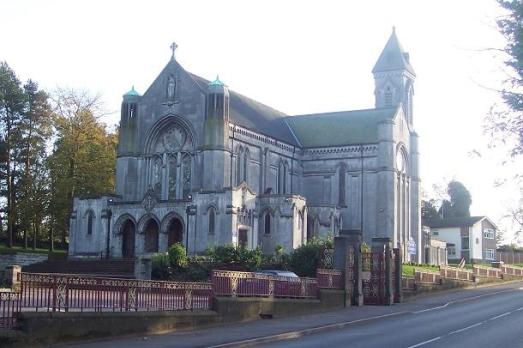
Hednesford, Staffordshire | WS12 1DB
The church is an ambitious and self-confident Gothic style building by G B Cox, erected between the wars and finished in 1934.
We have supported this church

Beighton, Norfolk | NR13 3JZ
A lovely 14th century building of flint and stone dressing with thatched nave roof supported by 28 original 14th century single framed scissor braced collar rafters.
We have supported this church